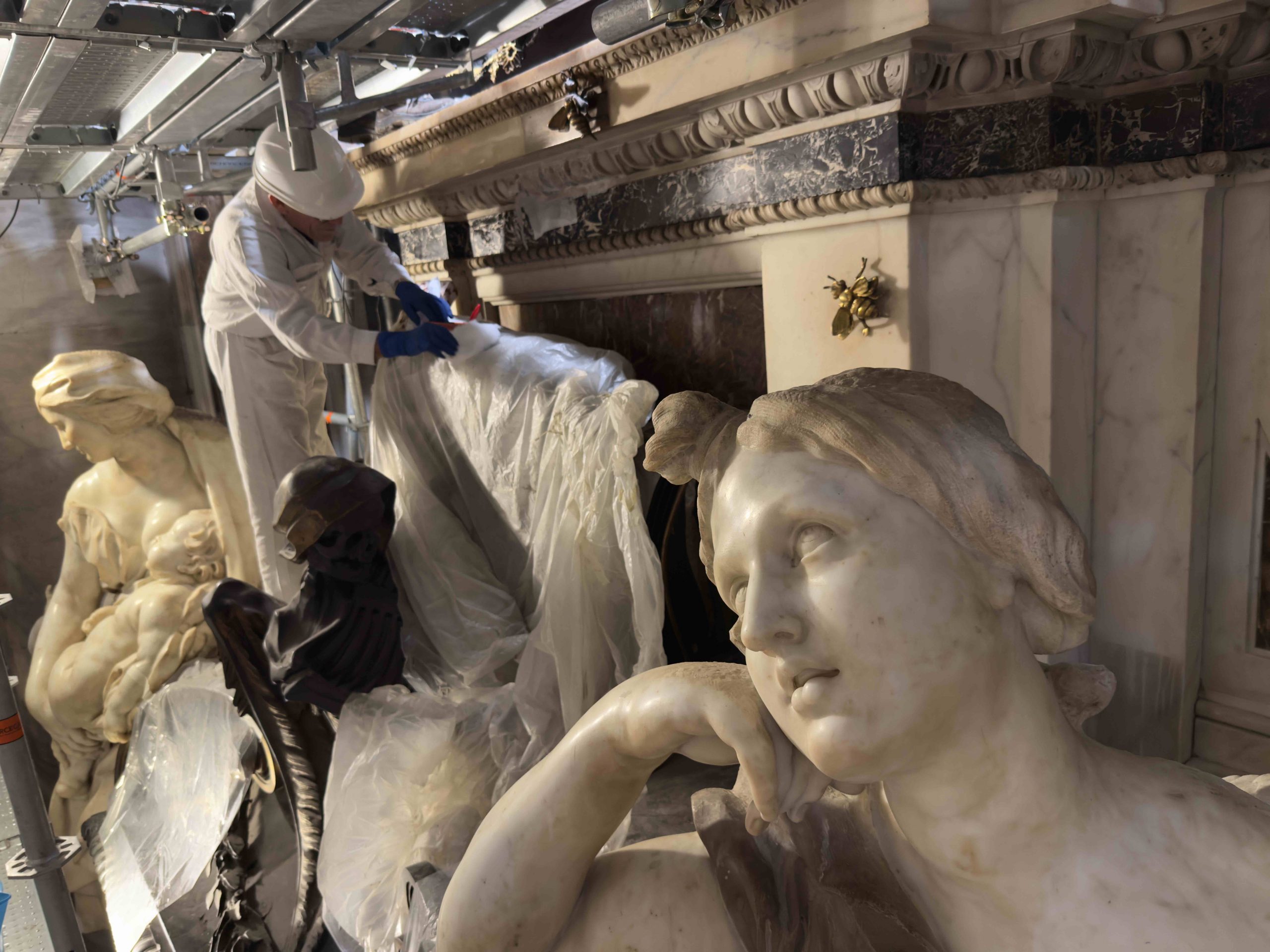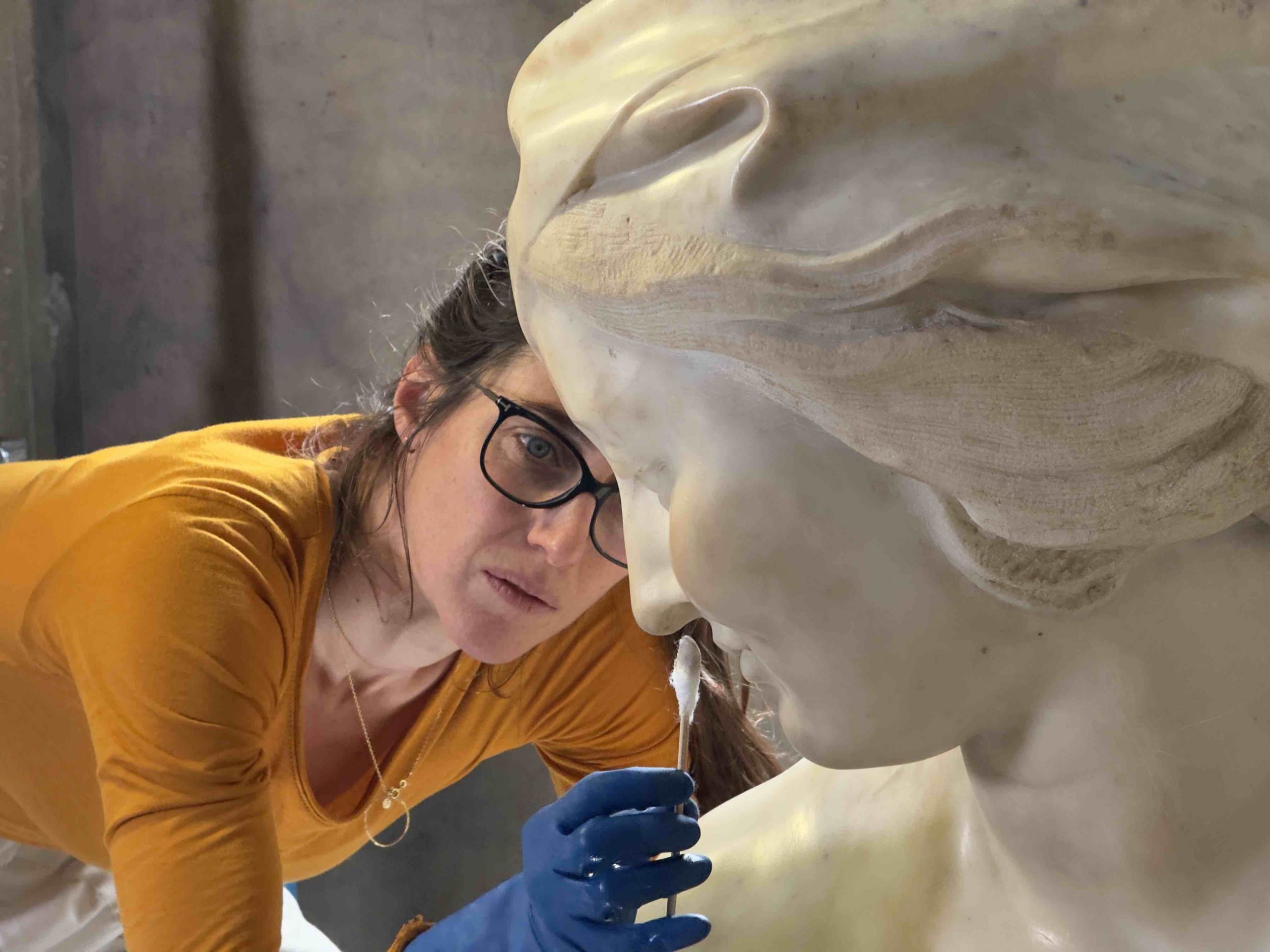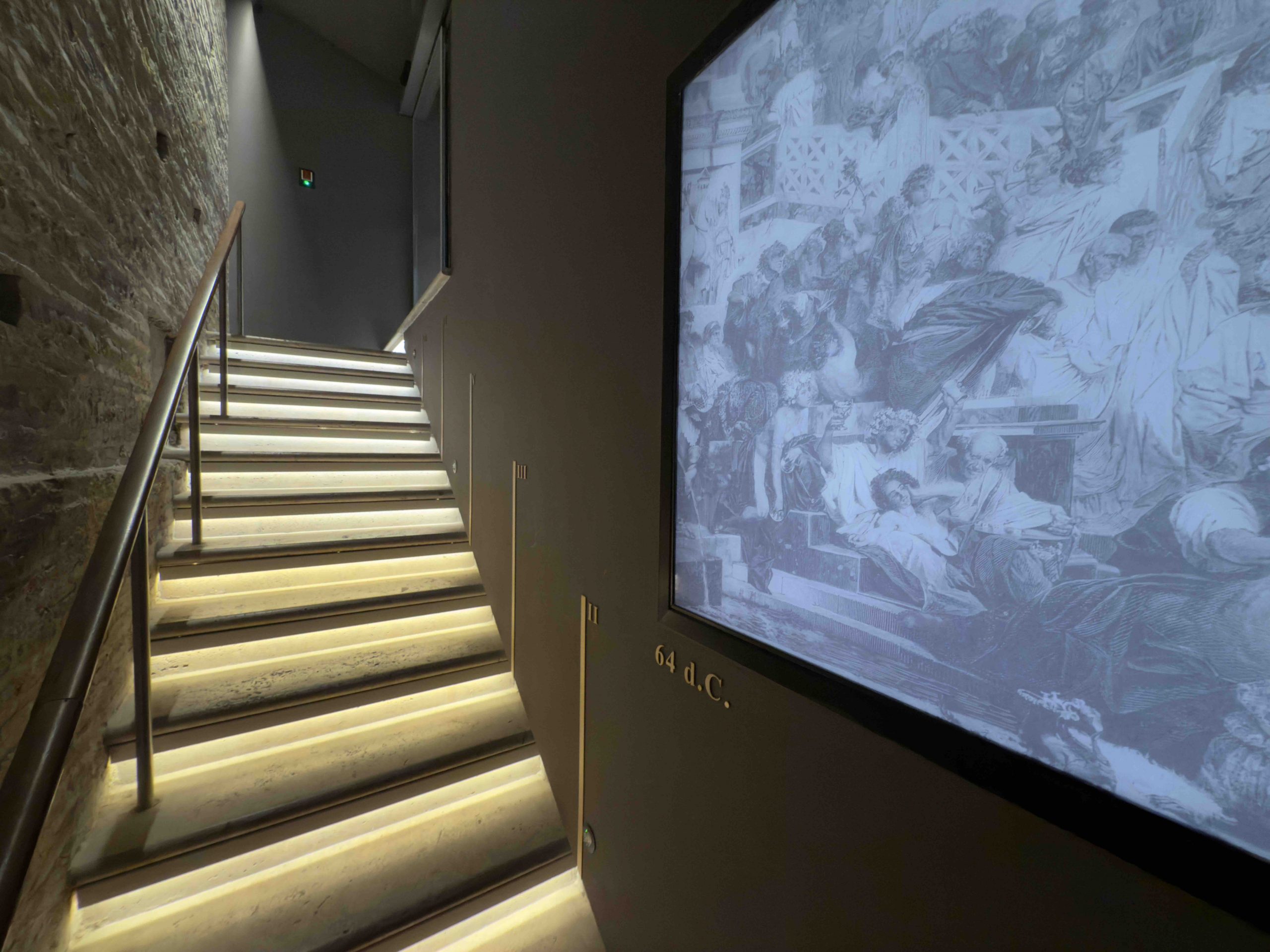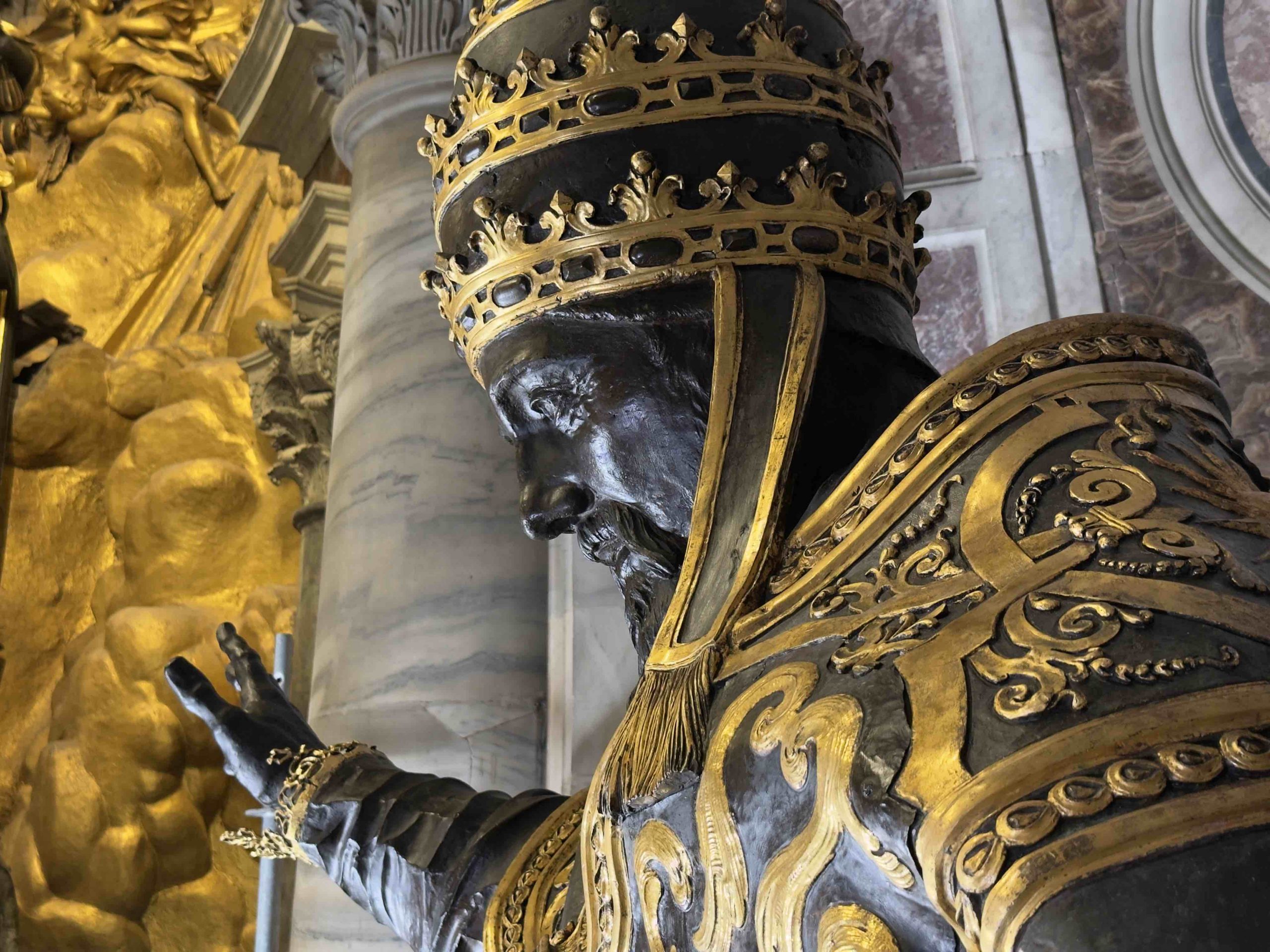(ZENIT News / Vatican City, 04.11.2025).- St. Peter’s Basilica, a marvel of art, faith, and architecture standing at the heart of the Vatican, is embracing a new chapter—one where ancient majesty meets modern innovation. The basilica is unveiling a series of meticulous restorations and forward-looking enhancements that reaffirm its role not only as a sacred space, but also as a living, evolving monument.

For over 14 months, under the direction of the Fabbrica di San Pietro, a quiet transformation has been unfolding within the basilica’s walls. Now complete, the project has restored some of its most iconic baroque masterpieces—chief among them, the monumental tombs of Pope Paul III and Pope Urban VIII, standing in dignified silence on either side of the Altar of the Chair of St. Peter. These grand sepulchres, sculpted by Guglielmo della Porta and Gian Lorenzo Bernini respectively, have regained their full splendor thanks to the careful work of a highly skilled team of conservators, engineers, and historians.
Yet this renaissance is not confined to the visible. Beneath the soaring vaults, deep in the Vatican Necropolis, a different kind of restoration has taken place: a restoration of light. Using the latest in lighting technology from Austrian firm Zumtobel in collaboration with architect Alessandra Reggiani, the necropolis, archaeological galleries, and Vatican Grottos now glow with a soft, purposeful illumination designed to evoke the flame-lit paths of the early Christian faithful. The lighting is more than aesthetic—it is environmental, emotional, and spiritual, finely calibrated to respect the microclimate of the sacred tomb of St. Peter while guiding visitors gently into contemplation.

“Light is the only environmental element that can so directly evoke emotion,” says engineer Alberto Capitanucci, who oversaw the technical aspects of the renovations. “This isn’t just about visibility—it’s about devotion. About leading pilgrims, step by step, into an encounter with the sacred.”
The experience begins long before one reaches the altar. A descending staircase—a literal and metaphorical timeline—ushers visitors back through the centuries, from today’s Vatican down to the year 64 AD, when the Apostle Peter was martyred under Nero. Along the way, dimly backlit panels narrate the history of both the old and new basilicas. At the base lies the heart of the Christian tradition: the tomb of Peter, beneath Bernini’s colossal bronze Baldacchino, and not far from the restored tombs of two Popes whose legacies helped shape the very identity of this spiritual citadel.

While much of the work focused on beauty and memory, the Fabbrica di San Pietro also addressed the increasing urgency of safety. With as many as 12 million annual visitors—and numbers expected to swell during the Jubilee—the Vatican has implemented an advanced evacuation plan developed in collaboration with Italy’s national fire department. This plan, born of precision 3D scans and state-of-the-art simulation software, maps crowd behavior in real-time, identifying choke points and enabling faster, safer exits during peak attendance or emergencies.
Engineer Stefano Marsella, who led the safety modeling, describes the initiative as “a model for places of worship worldwide.” By reproducing the basilica’s layout with millimeter accuracy, his team was able to simulate evacuation scenarios with thousands of individuals, adjusting infrastructure and protocols to preserve not only the sacred space, but the wellbeing of all who pass through it.

Cardinal Mauro Gambetti, Archpriest of the Basilica and President of the Fabbrica di San Pietro, sees the project as a gesture of gratitude—a gift in return for the unwavering faith of pilgrims and donors. “To improve, to innovate, to never stop,” he says, “is how we say thank you to the People of God. The Fabbrica never sleeps.”
This spirit of continuity and openness runs through the entire initiative. From the gleam of the newly lit tombs to the barely perceptible hum of cutting-edge safety systems, the basilica today offers a blend of awe and intimacy. It’s not just a monument. It’s a living experience of sacred history, unfolding anew.

In a place where centuries of prayer have left their imprint in stone and silence, the latest chapter doesn’t shout—it glows. And for those who walk its aisles, the encounter is not only with art or architecture, but with a tradition made vibrantly present, ready to receive the future.
Thank you for reading our content. If you would like to receive ZENIT’s daily e-mail news, you can subscribe for free through this link.



